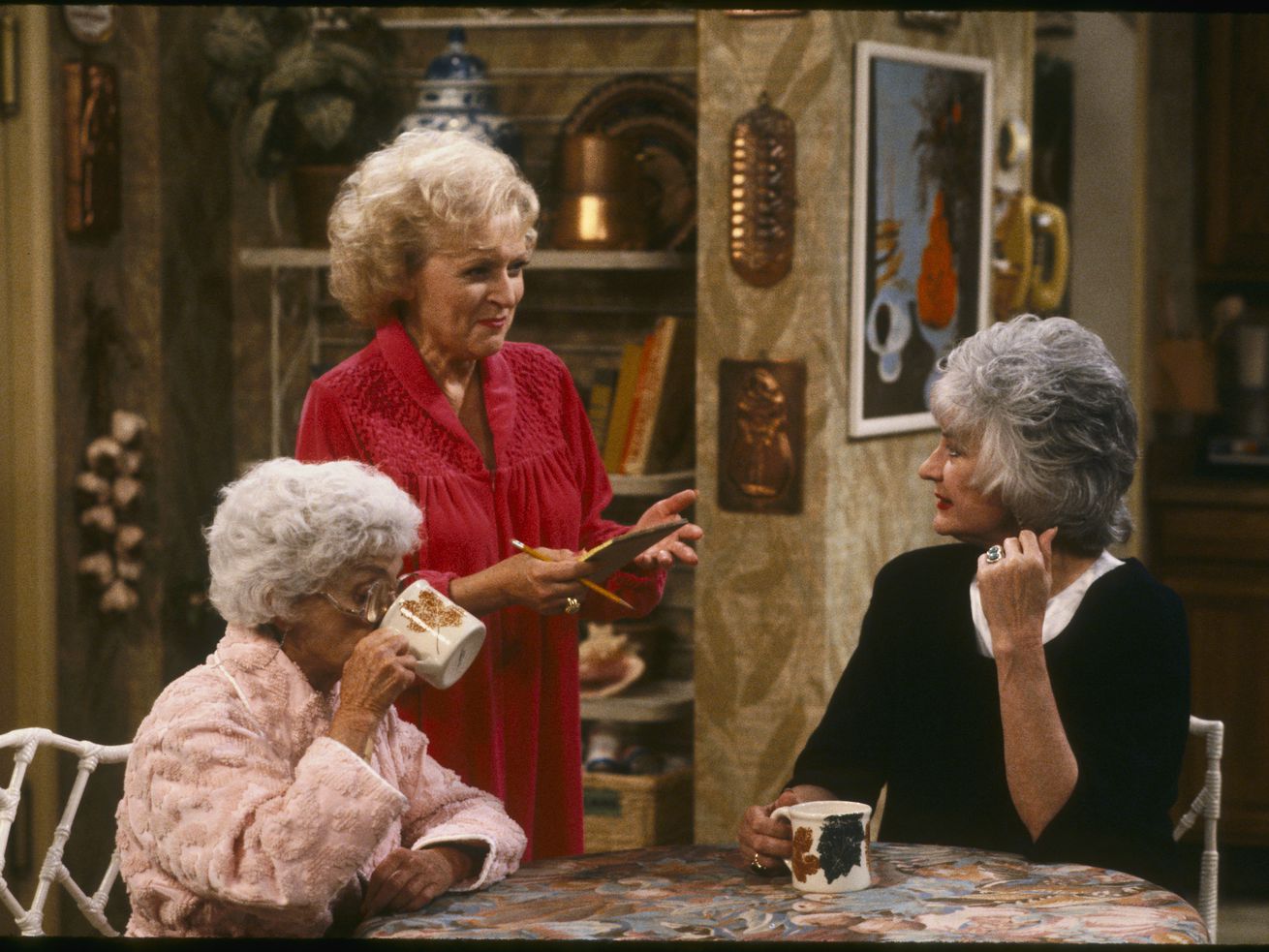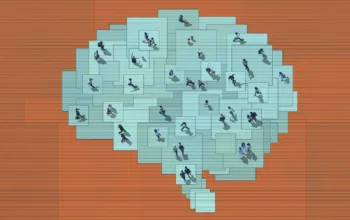When we mourn Bob Saget and Betty White, we’re also mourning a younger version of ourselves.
Shortly before his death in 2016, Alan Thicke, who played Jason Seaver, the dad on the long-running sitcom Growing Pains, told me how often people would come up to him to talk about how his work on the show had affected their lives.
“I like that there’s a whole generation of people that still come up to me and say, ‘You raised me. You’re my dad, I grew up on you.’ I’ll say, ‘Well, I hope you turned out all right,’” Thicke said.
Thicke seemed alternately amused by this impulse on the part of those who approached him and a bit humbled by it. When you’re a viewer of a TV show that runs long enough, you really do feel like you build relationships with those characters. I was sad when Thicke died, because Growing Pains was my favorite show when I was a kid. I don’t think I would have described Thicke as “my dad,” but I did feel like I had built a relationship with him, no matter how inaccurate that statement is.
There is an intimacy to the death of the TV star that I’m not sure quite exists with the deaths of other artists. When a musician or a movie star dies, we might be gutted, sure, but our popular culture places those figures up on a pedestal in ways that make them ever so slightly unapproachable. Bruce Springsteen is my favorite living rock star; I’d never think to consider him my dad.
/cdn.vox-cdn.com/uploads/chorus_asset/file/23167443/93417144.jpg) Bob D’Amico/Disney General Entertainment Content via Getty Images
Bob D’Amico/Disney General Entertainment Content via Getty ImagesIt’s just different with TV. Especially in the era when the main four broadcast networks were inviting the same people into our homes, week after week, it wasn’t all that hard for viewers to find a kind of comfort in our favorite shows. We knew Alan Thicke or Betty White (who died a few weeks ago) or Bob Saget (who died a few days ago) would be there to do the same things over and over, sometimes literally in reruns.
The outpouring of grief from people in the wake of the recent deaths of White and Saget stems from how beloved they were as pop culture figures. White was your raunchy grandma, and Saget was your dad who loved a good dirty joke. But both of those personae were arrived at via television. They’re more or less transmuted versions of the most famous characters each played, amalgams of Rose Nylund and Danny Tanner and Betty and Bob, both of whom were always game for a joke.
White wasn’t a rapacious lover like her Mary Tyler Moore Show character or a dim bulb like her Golden Girls character, and Saget almost certainly wasn’t your dad. But getting to see them every week made them feel more knowable on some level.
We approach our TV characters with a certain intimacy in other ways, too. It’s not uncommon for viewers to talk about the characters from, say, Succession or Ted Lasso as though they’re real people whose choices we have a vested interest in.
That tendency pops up in other forms of serialized fiction, certainly — as evidenced by online discussions about the characters in Marvel movies — but it’s so baked in to TV discussion that it’s as old as the medium itself. People loved when I Love Lucy wrote Lucille Ball’s real-life pregnancy into the show because Ball, as always, was one of the first to understand something powerful about television: It makes you think you know the people you watch every week.
I’m uncomfortable calling what develops between us and our favorite TV stars a relationship. But it’s surely relationship adjacent. And, yes, it’s a form of parasocial interaction — wherein a non-famous person feels like someone they know mostly via their public persona is a kind of friend — but there’s an added wrinkle here, because fiction gets wrapped up in our feelings. On an intellectual level, I know that I didn’t know Alan Thicke, even though I interviewed him. But I do feel a little like I knew Jason Seaver.
That we come to think of TV characters as our friends and family, more or less, is an observation many, including me, have made many times before. And that tendency explains why, say, we greet the endings of our favorite shows with such melancholy, even if we stopped watching them long ago. A long-running TV series puts brackets around a particular time in your life, when you were a particular person. You watched this show in this apartment, or you watched that show every week with your sibling before they moved out of the house. It’s a medium that prompts a certain immediacy of nostalgia.
That means when the people we loved for their work on television die, we’re not just grieving their deaths but also the ways in which those characters became a part of particular parts of our lives. Saget and White’s deaths remind me of when I was a tiny child, watching TV in the basement, hoping neither of my parents would catch me watching Golden Girls (yes, I wasn’t allowed to watch Golden Girls).
What’s more, the deaths of famous TV stars mark our own aging. I’m not even close to a tiny child anymore, and Saget was only about 25 years older than me. To lose a celebrity is to lose whatever potential future work they might have given us, but also to be made aware, all over again, that time won’t start going backward.
Death freezes people and allows us to forever define who they were. So do TV shows. Actors who become strongly defined with a role so often struggle to escape that role. Once we’ve settled on who a person is, we so rarely want to reconsider those notions, a thing that is true in both reality and fiction.
But that element of being frozen has certain benefits too. What nostalgia I have for my childhood has shifted as my relationship to my younger self and her life has too. But Full House is always going to be Full House. As we grow older and grow more cognizant of the shadows and empty spaces in our own homes, the house we watched every week on TV remains colorful, bright, and full.
Author: Emily VanDerWerff
Read More



